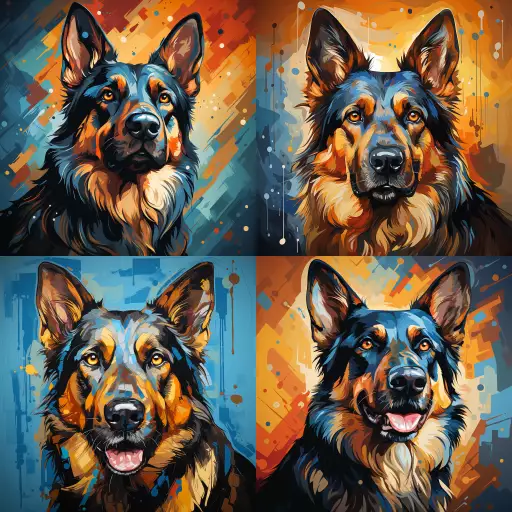Explore the Best AI Image Gallery

Beyond the Brush: Exploring AI-Generated Media Ethics in the Creative Industry
The world of art and creative expression is undergoing a profound transformation with the advent of artificial intelligence (AI). AI-powered tools can now generate stunning visuals, compose intricate music, and even craft compelling narratives. This burgeoning field presents exciting opportunities for innovation and collaboration but also raises complex ethical questions that demand careful consideration.
The Creative Canvas: A New Frontier
AI-generated media has the potential to revolutionize various aspects of the creative industry:
- Democratization of Creativity: AI tools can empower individuals with limited artistic skills to create and express themselves, breaking down traditional barriers to entry.
- Enhanced Efficiency and Productivity: Artists and designers can leverage AI to automate repetitive tasks, freeing up time for more conceptual and creative endeavors.
- Exploration of New Artistic Styles and Forms: AI algorithms can generate novel and unexpected outputs, pushing the boundaries of artistic expression and inspiring fresh perspectives.
Ethical Considerations: Navigating Uncharted Territory
While the possibilities are vast, the ethical implications of AI-generated media require careful scrutiny:
- Copyright and Ownership: When an AI creates a work, who owns the copyright? Is it the developer of the AI, the user who provides input, or the AI itself?
- Bias and Discrimination: AI algorithms are trained on massive datasets, which can contain societal biases. This can result in AI-generated content that perpetuates harmful stereotypes or discriminates against certain groups.
- Authenticity and Deception: The ability to create hyperrealistic AI-generated media raises concerns about the potential for manipulation and deception. It becomes increasingly difficult to distinguish between real and artificial content.
- Job displacement: As AI automates creative tasks, there are concerns about the potential impact on human artists and designers.
Striking a Balance: Towards Responsible Innovation
Navigating the ethical complexities of AI-generated media requires a multi-faceted approach:
- Transparency and Accountability: Developers should strive for transparency in how their AI models work and be accountable for the outputs they generate.
- Diversity and Inclusion: Training datasets should be diverse and representative to mitigate bias in AI-generated content.
- Education and Awareness: Public education about AI and its capabilities is crucial to foster informed discussions and responsible use.
- Collaboration and Dialogue: Engaging stakeholders from across the creative industry, including artists, ethicists, policymakers, and technologists, is essential for developing ethical guidelines and best practices.
The Future Landscape: A Symphony of Human and Machine Creativity
The future of creativity likely lies in a harmonious collaboration between human imagination and AI capabilities. AI can serve as a powerful tool to augment human creativity, enabling artists to explore new ideas, experiment with innovative techniques, and push the boundaries of artistic expression. By embracing ethical considerations and fostering responsible innovation, we can harness the transformative potential of AI-generated media while safeguarding the values that define authentic human creativity.
](https://images.ai-img.art/thumbnails/150/bddf3ae4a232290858389b933c866ad3be429ef2e25c23a9f4d7713ed6e44d0b.webp)





















](https://images.ai-img.art/thumbnails/150/c2c9c48b38fae37f0a457b80b084ed01ba803810fc8f488c8f610c03abc74049.webp)






](https://images.ai-img.art/thumbnails/150/008b5d5d49667cc2e93a5f8a8adfaa545963da99c39ff0901f5296294636400d.webp)



](https://images.ai-img.art/thumbnails/150/4289d1230b86a96c4d556636c3167bed0ef38f850826549517e4e45db4d87bf7.webp)
](https://images.ai-img.art/thumbnails/150/f9584153b4cddd8c9fab611dc10247549b275c59bc173251e37d0935874f9deb.webp)


](https://images.ai-img.art/thumbnails/150/f67d9af3398150f2ab1bcf250717fea134275e2ca896252b54a4d9bb3719f9ac.webp)



